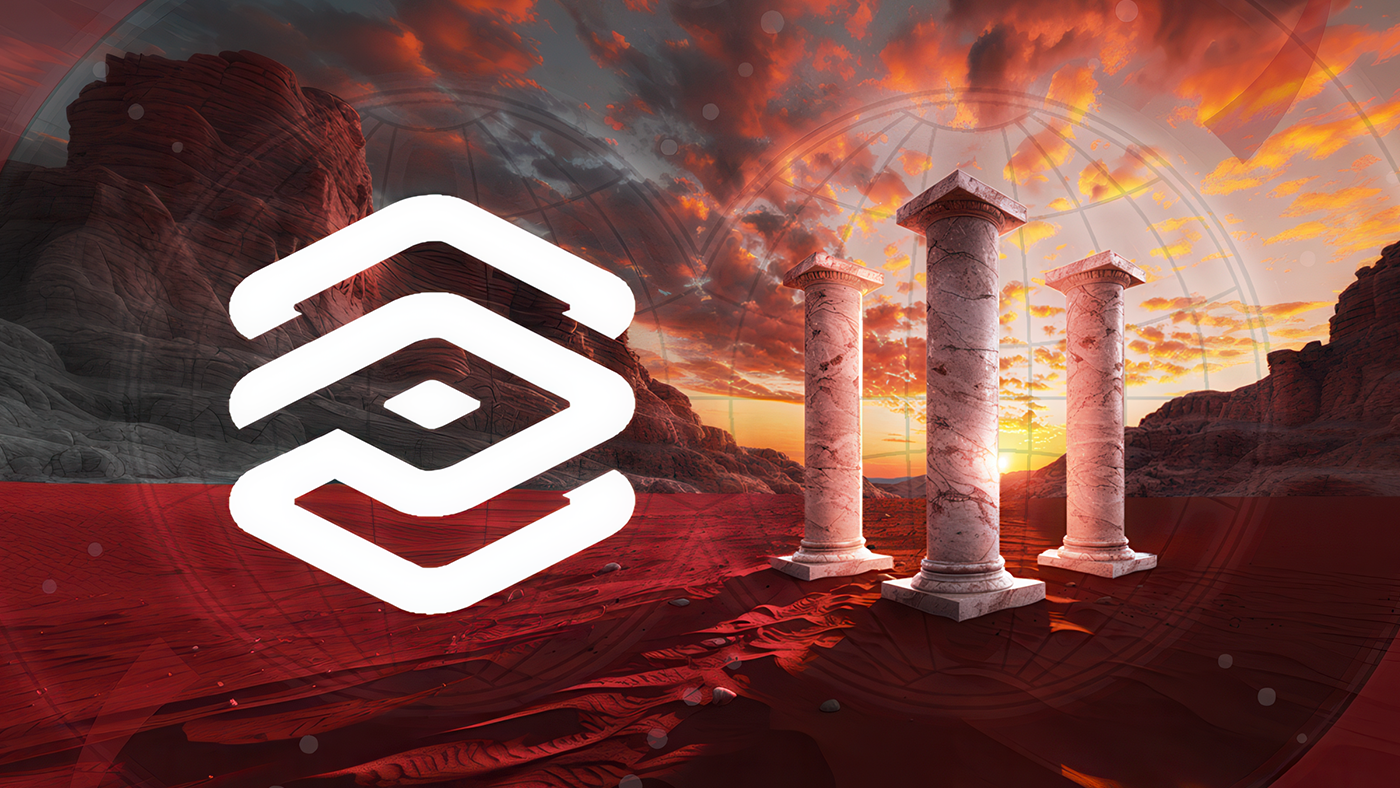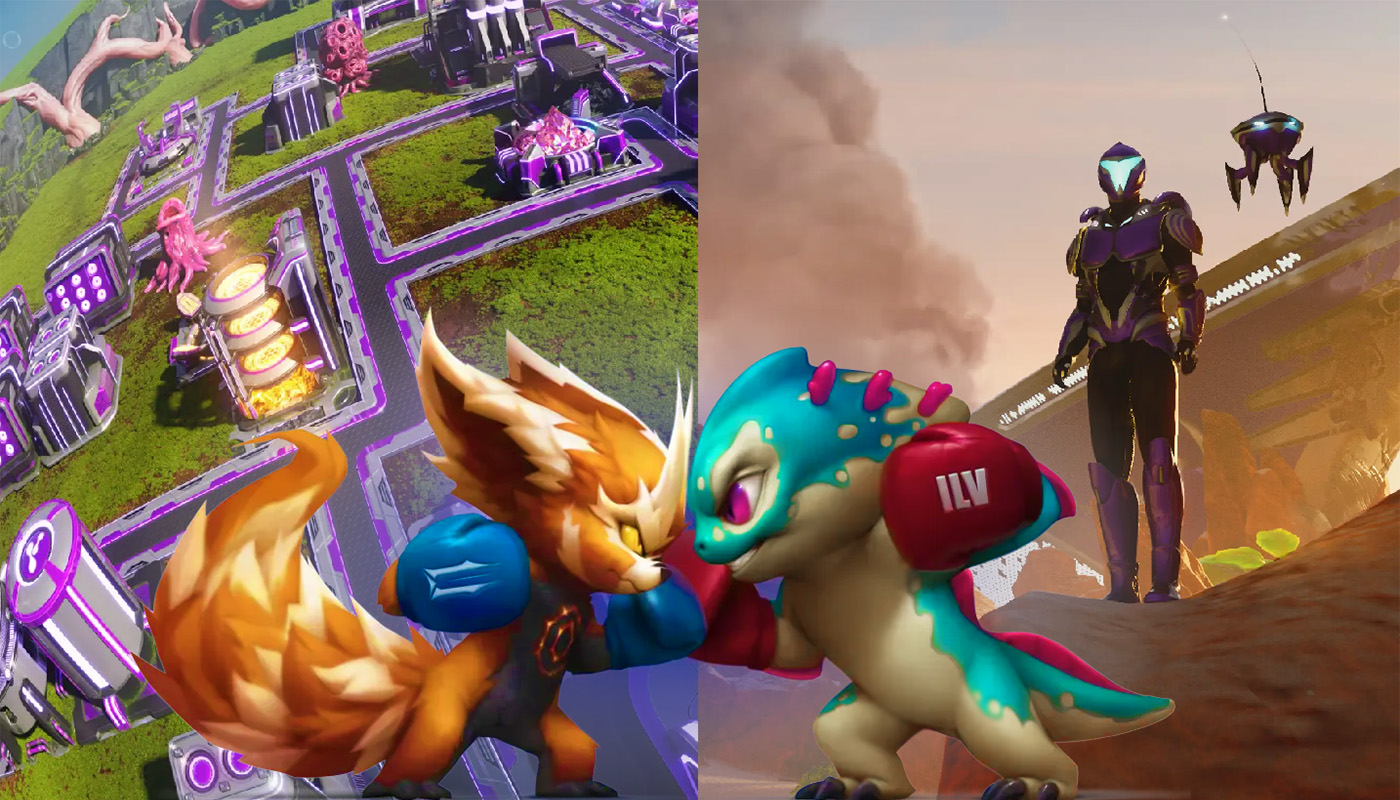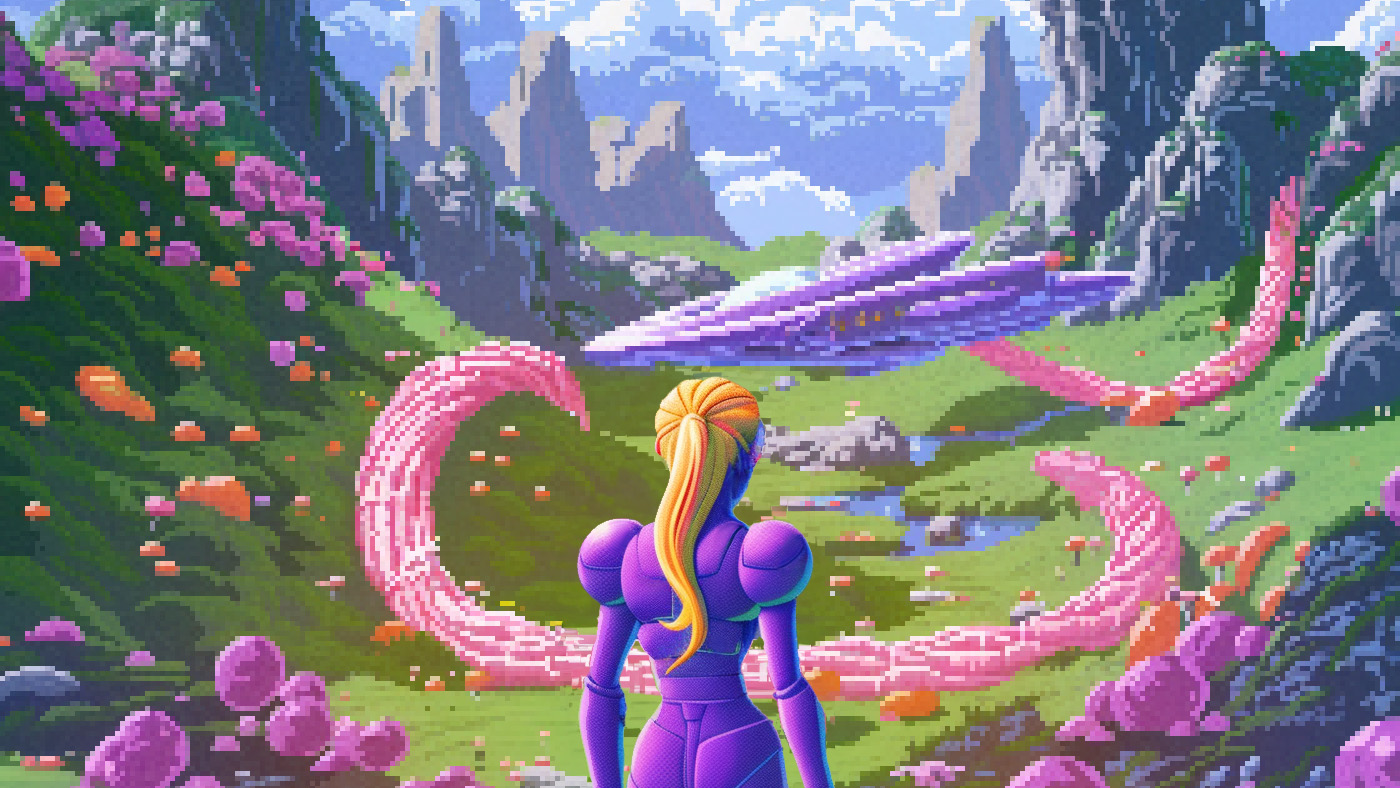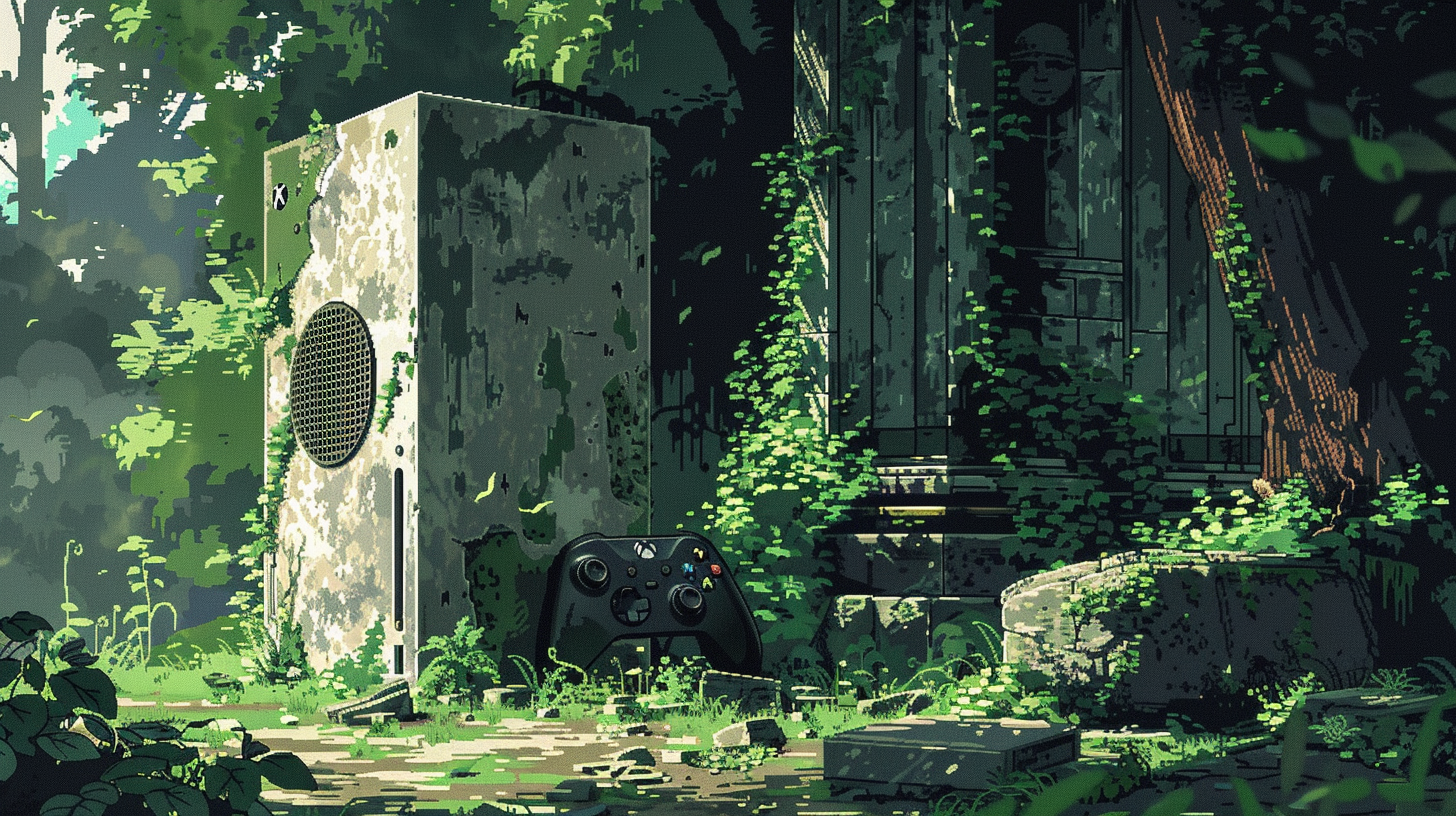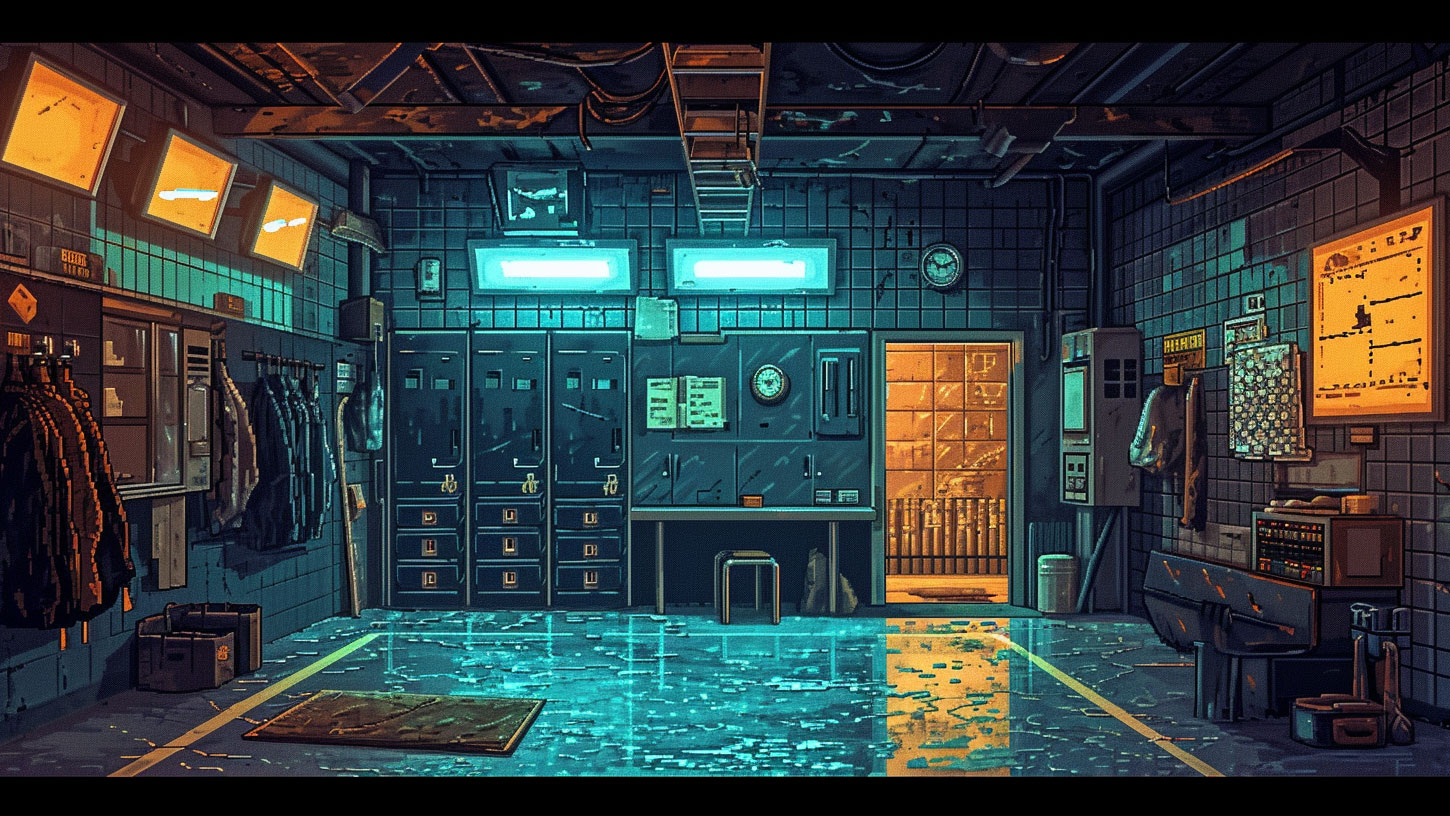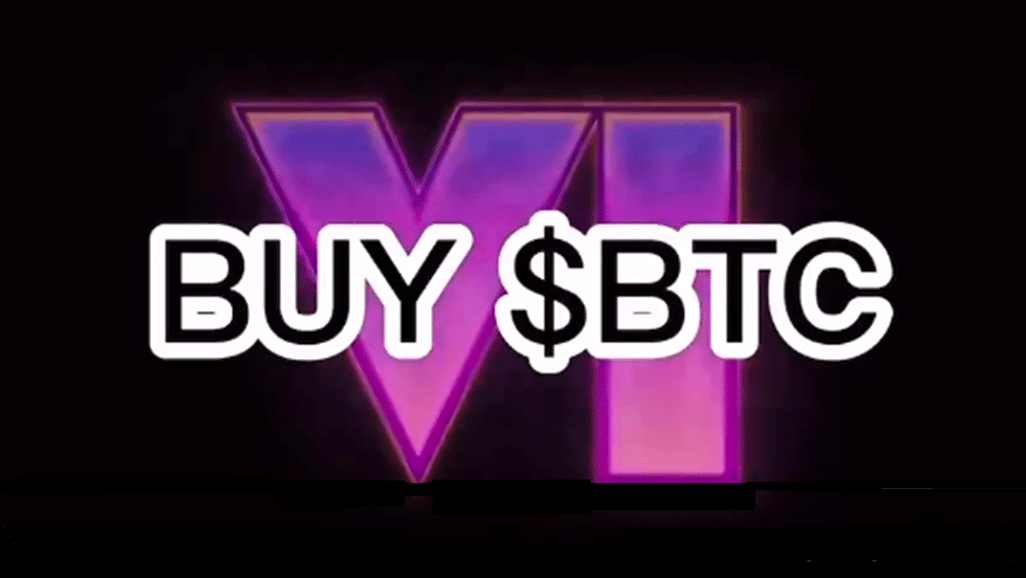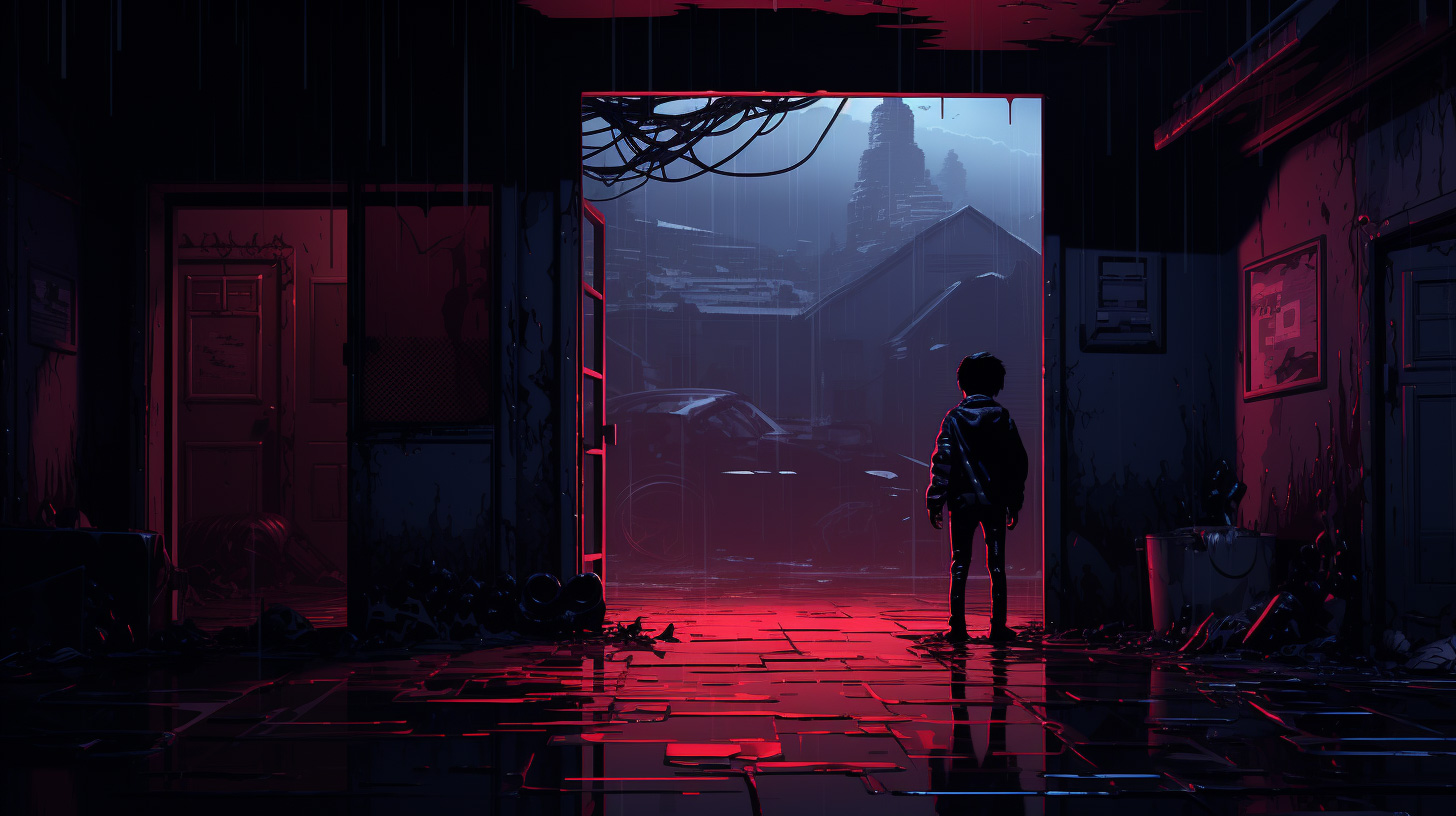No one gets blockchain gaming.
Friends, family, colleagues: anyone not already in the blockchain community is more or less mystified.
This is completely understandable. More than that, it’s justified.
To really get something, you have to experience it.
In the case of blockchain games, that means playing a game, having fun, doing something enabled by blockchain technology. For example:
- Buying a piece of virtual land, using it in a game, and then selling it for more than you bought it for (possible, but far from guaranteed, in Illuvium Zero).
- Going to watch a game and being rewarded for showing up (Wild Card).
- Risking stuff with real-world value in a forbidden zone where everyone else is trying to kill you and loot your corpse (Shrapnel)
The problem is that very few people have done these things, even inside the blockchain community, because the games aren’t ready yet. Explaining game tokens to your family and friends is like describing TCP/IP before people were using the internet.
For the most part, the people who currently “get” blockchain gaming are those who have let their minds wander over the possibilities. They are believers, and they are a naturally small subset of humanity.
Sensible conversation
“The first round of products were financial products in a game wrapper. If you are trying to sell that to a gamer audience, it won’t work.”
That’s a quote from Sumeet Patel, founder of a game called Exiled Racers, talking about how to bust out of the believer niche. Patel was speaking at the Convergence 2023 event, a Twitter Spaces session involving nine blockchain gaming founders and executives. I wrote it up in this piece, focussing on Chris Ebeling, founder of web3 horse racing game Zed Run, and John Chen, co-founder of mech shooter Metalcore.
Ebeling’s message was that you have to get to the fun, quick. Chen explained in some detail how his game design hid all the blockchain elements, including the player’s crypto wallet, generated at sign-on, until the player made the first move.
“Our hope is that the underlying tech will start to showcase itself.”
Have a listen to the whole event if you have the time. I found it very interesting, and difficult to disagree with. The other thought that crossed my mind, as I listened to these game builders, was that when the mainstream breakthrough blockchain games happen, they probably won’t be thought of by most people as blockchain games at all. To return to my earlier example: how many people who use the internet have ever heard of TCP/IP? Read
Inside the mind of a world-builder

This week Cathleen Rootsaert, narrative lead at Azra games, gave an insight into what must be a pretty unusual and interesting gig: making up stories.
“For me, the world already exists. It’s alive somewhere, and I just need to visit,” Rootsaert wrote. This ties into the world building theme I talked about last week. On that, and related to Unreal Engine 5, I found this quote from Chris Ebeling (see above) relevant:
“I’m in Unreal Engine almost every day, playing around, building worlds.”
Following the Dookey Dash trail
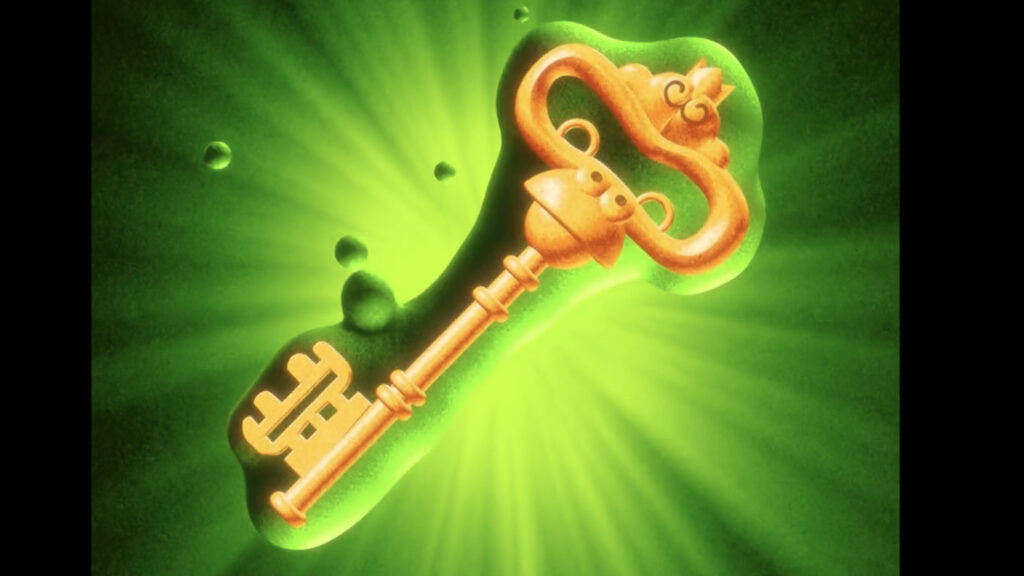
You’ll remember Mongraal, the pro Fortnite player who started posting high scores on the simple and apparently addictive runner game Dookey Dash. Yuga Labs announced this week that Mongraal had won the competition they were running over the past few weeks, his game pass transformed into a Golden Key. The 19-year-old immediately whacked it up for sale at 2222 ETH (over $3m). Read
Enjoy our reporting? Sign up for the Pharos newsletter and receive an update every week for free.



